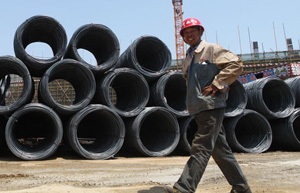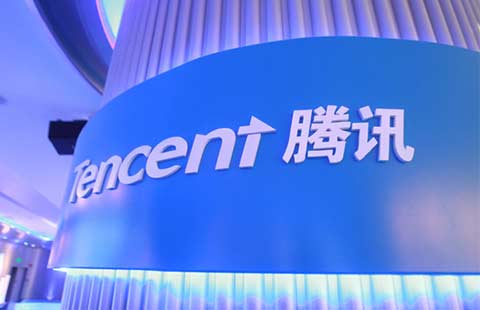China's June PMI at six-month high
(Xinhua) Updated: 2014-07-01 10:34However, Wang said it will take time before the recovery becomes more broad-based, as domestic demand "has not firmed nearly enough for this recovery to be sustainable".
Wang cited over-capacity problems and slower growth in some sectors due to the property market downturn, and suggested stronger infrastructure investment and accommodative monetary and fiscal policies in the coming months.
Following a State Council meeting in May that promised "targeted" monetary and credit easing, relevant government departments have taken moves, including cutting reserve requirement ratios (RRR) for banks whose lending is geared toward small businesses and the farming sector.
In a latest move to boost the real economy, the China Banking Regulatory Commission on Monday announced a change in the way it calculates loan-to-deposit ratios for commercial banks.
Lu Ting, chief China economist with Bank of America Merrill Lynch, attributed June's upbeat PMI data to improved business sentiment as a result of recent "mini-stimulus" measures.
He expects Beijing to step up small-scale measures to deliver the around-7.5-percent annual growth target, but stressed universal measures such as slashing benchmark rates and cutting RRR for all banks are unlikely.
Lu forecast year-on-year growth of China's gross domestic product (GDP) in April-June to be either 7.4 percent or 7.5 percent. Wang from the HSBC forecast a 7.3-percent expansion for the second quarter and growth momentum to further accelerate in the rest of the year.
Official GDP growth in the second quarter will be released by the NBS on July 17, along with other indicators including industrial output, investment and retail sales.
|
 |
 |
|
China's PMI hits 5-month high, pointing to stabilizing economy |
- Chile hails China as its top trade partner
- New age, new balance and new breakthroughs
- Report estimates 286m potential VR device users in China
- Traditional blacksmith with a Taobao shop
- Shanghai becomes 7th region to cut corporate burden
- Qihoo 360 launches new mobile phone, merges brands
- Making food security a top priority
- Asia embraces sharing economy
















